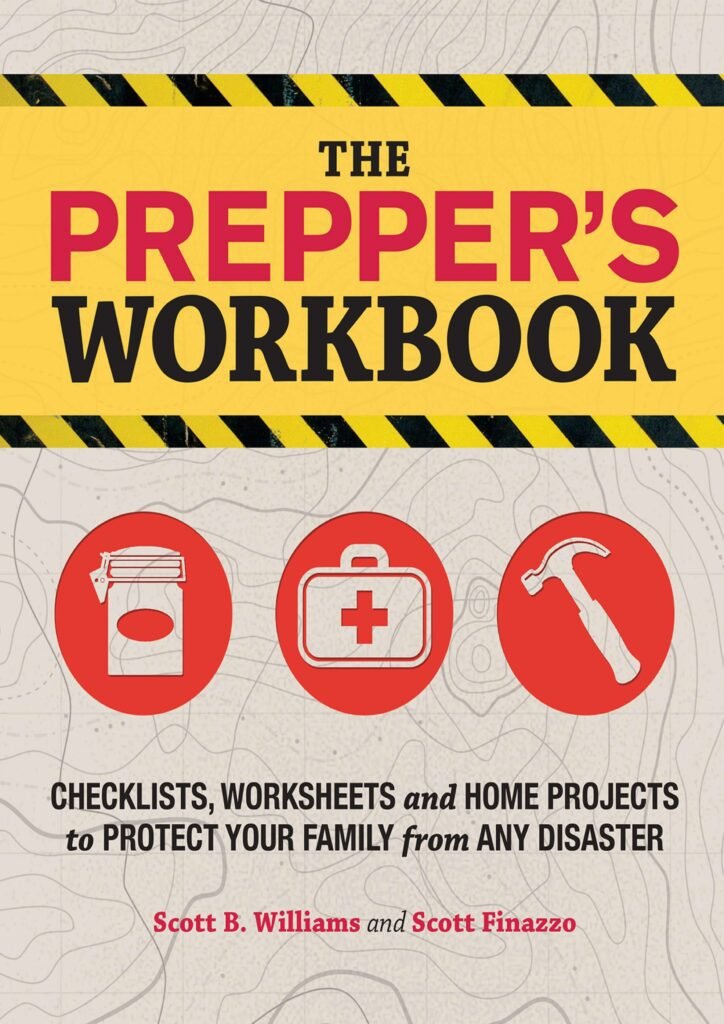Discover the peace of mind that comes with being prepared. Let’s ensure that when disaster strikes, you’re not just reacting, but effectively managing the situation with grace and calm.
Post Contents
ToggleUnderstanding Emergency Preparedness
Emergency preparedness is about knowing what to do before, during, and after an emergency to ensure safety and minimise damage. Without a plan in place, chaos and panic can quickly take over when disasters strike.
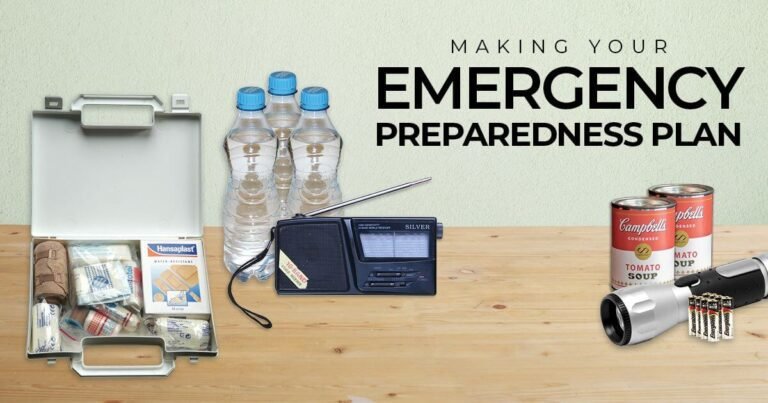
What is Emergency Preparedness?
Emergency preparedness means being ready for any disaster. It could be natural disasters like hurricanes, earthquakes, and floods, or man-made incidents such as fires, chemical spills, and power outages.
Examples of emergencies include:
- Natural Disasters: Earthquakes, tsunamis, tornadoes, and hurricanes can hit hard and fast, causing widespread damage.
- Technological and Accidental Hazards: These include nuclear power plant accidents, hazardous material spills, and infrastructure failures.
- Man-made Threats: Terrorist attacks, cyberattacks, and mass shootings are some unfortunate examples.
- Public Health Emergencies: Pandemics like COVID-19, severe flu outbreaks, and bioterrorism.
For a comprehensive understanding, you might find FEMA’s guide insightful as it provides an extensive look into different emergencies and how to prepare for them.
Why is Emergency Preparedness Important?
Being prepared can make the difference between life and death in an emergency situation. A lack of preparation can lead to confusion, panic, and hindered rescue efforts.
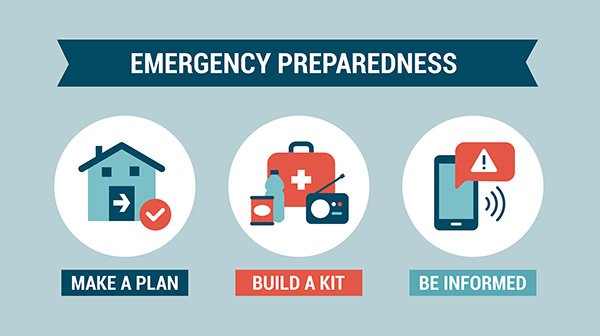
Here’s why it’s crucial:
Saves Lives: Immediate actions can save lives. For instance, having an evacuation plan significantly increases the chances of everyone’s safe exit in the event of a fire. According to Ready.gov, businesses with a plan are in a better position to save lives and reduce injuries.
Reduces Impact on Mental Health: Knowing that there is a plan can reduce stress and anxiety. The American Psychological Association states that being prepared psychologically can enhance coping mechanisms during and after an emergency.
Minimises Property Damage: Proper emergency plans include steps to secure properties. For example, reinforcing houses against hurricanes can prevent severe damage.
Economic Benefits: Ready.gov also details how businesses that plan can reduce downtime and financial loss. On average, companies can save tens of thousands in emergency costs by investing in preparedness.
In addition, consider this sobering statistic: the Red Cross reports that families with an emergency plan are twice as likely to reunite post-disaster compared to those without one.
Preparing for emergencies doesn’t just protect you; it protects your family, your community, and beyond.
Steps to Create an Effective Emergency Preparedness Plan
When it comes to handling emergencies, having a clear, well-thought-out plan can make all the difference. Here is a step-by-step guide to help you create an effective emergency preparedness plan.
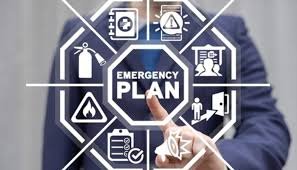
Assess Potential Risks
Before you can prepare for an emergency, you need to know what kinds of risks you might face. This means understanding both the natural and man-made threats specific to your area.
- Identify local hazards: Research the types of disasters that are common in your region. This could include wildfires, floods, earthquakes, or hurricanes.
- Assess the potential impact: Look at how these events could affect your community, property, and lives. Think about the worst-case scenarios.
- Gather information: Use reliable sources, such as FEMA and the Red Cross, to understand the risks and how they can be mitigated.
By gathering this information, you can better prepare for the specific disasters most likely to impact you.
Develop an Emergency Plan
Once you’ve identified the risks, you need to develop a plan tailored to your family’s or business’s needs.
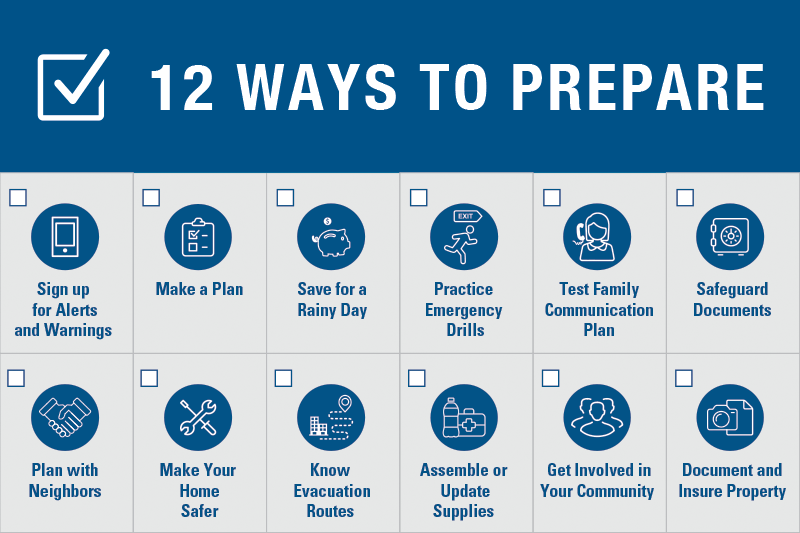
Key Elements:
- Communication Strategies: Establish how you’ll stay in touch with family members or colleagues. For families, ensure everyone, including children, knows emergency phone numbers. Businesses should maintain an updated list of employee contact details.
- Evacuation Routes: It’s essential to have at least two evacuation routes. Practise these routes regularly to ensure everyone is familiar with them.
- Meeting Points: Designate meeting spots outside the home or workplace. Choose easily recognisable locations.
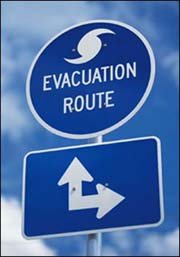
Develop your plan with clear, actionable steps so everyone knows what to do during various emergencies.
Gather Emergency Supplies
Being prepared means having the right supplies on hand for different types of emergencies. Here’s what you need:
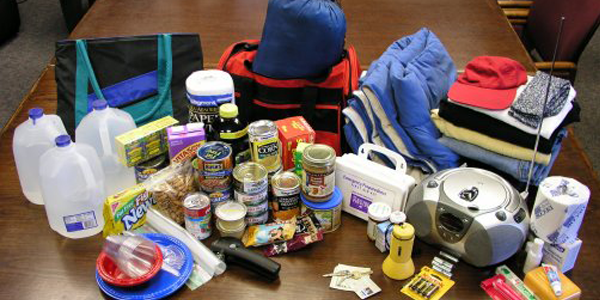
- Basic Needs:
- Water: At least one gallon per person per day for three days.
- Non-perishable food: Enough to last each person at least three days.
- First aid kit: Include bandages, antiseptics, and prescription medications.
- Personal Items:
- Hygiene items like soap, hand sanitiser, and toothbrushes.
- Clothing and blankets.
- Safety Gear:
- Flashlights with extra batteries.
- A whistle to signal for help.
- Dust masks (useful in the event of a fire).
Regularly check and update your emergency kit so supplies are always fresh and ready to use.
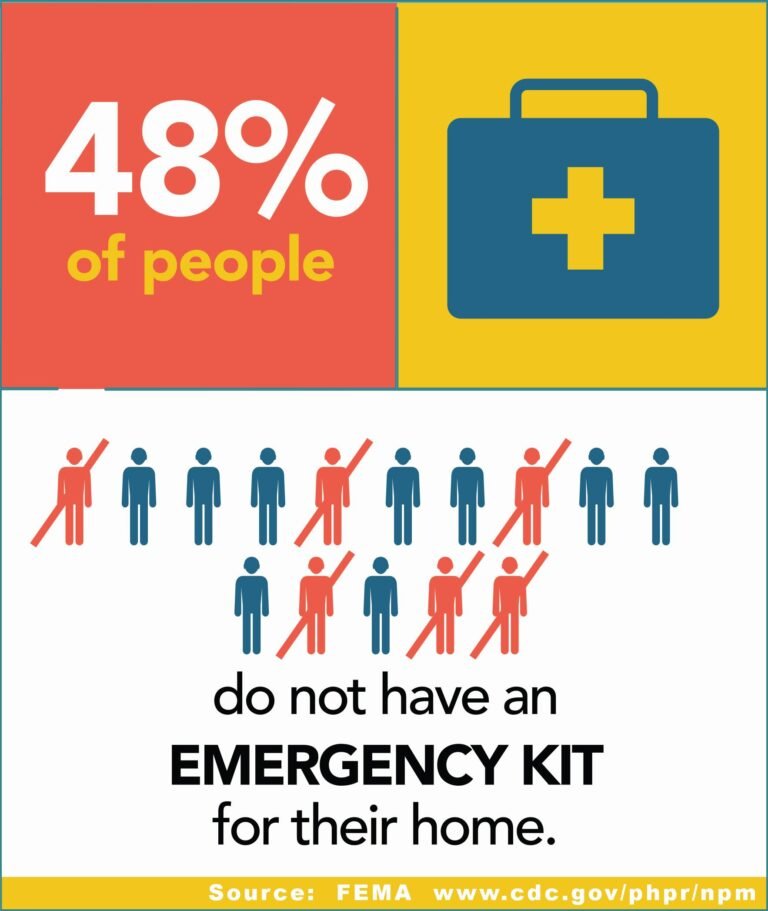
Assign Roles and Responsibilities
During an emergency, having clear roles and responsibilities can save lives and reduce panic.
In a Family Setting:
- Communication Lead: Responsible for checking in with family members and relaying information.
- First Aid: A designated person to handle basic medical needs.
- Evacuation Leader: Ensures that everyone gets out safely and meets at the predetermined spot.
In a Business Setting:
- Emergency Coordinator: Oversees the implementation of the emergency plan.
- Safety Officers: Monitor and maintain safety equipment and evacuation routes.
- Communication Team: Manages the flow of information to employees, customers, and emergency services.
Assigning specific roles ensures that everyone has a clear understanding of their responsibilities, which can streamline efforts during an actual emergency.
Taking the time now to prepare for potential disasters ensures that if the unexpected happens, you’ll be ready to act quickly and efficiently. Proper preparation can make all the difference in keeping you and your loved ones safe.
Implementing and Maintaining Your Emergency Preparedness Plan
Creating an effective emergency preparedness plan is crucial, but the next step is ensuring it remains functional and up-to-date. Implementing and maintaining the plan requires continuous attention, training, and regular reviews. Here’s how you can do it:

Training and Drills
Regular training and drills are vital in making sure everyone knows what to do when an emergency occurs. It’s not enough to just have an emergency plan on paper; everyone must be confident and capable in their roles.
Key Tips for Effective Training and Drills:
- Schedule Regular Drills: Aim to conduct drills at least twice a year. Doing so helps reinforce the actions to take and familiarises everyone with the plan.
- Involve Everyone: Ensure that all family members or employees participate. In a workplace, both the day and night shifts should be included.
- Mix Up Scenarios: Practice different kinds of emergencies, like fires, earthquakes, and chemical spills, to cover all bases. This might mean having an evacuation drill one month and a lockdown drill the next.
- Debrief Afterwards: After every drill, gather everyone to discuss what went well and what could be improved. This keeps everyone in the loop and ready to make any necessary adjustments.
Conducting drills creates muscle memory, allowing individuals to respond quickly and safely without hesitation in real emergencies.
For comprehensive guidance, you can visit Ready.gov, which provides a detailed approach to emergency response planning.
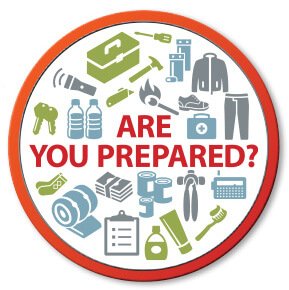
Review and Update Your Plan
It’s essential to regularly review and update your emergency preparedness plan to ensure it stays relevant and effective. As circumstances change, so too should your plan.
Steps for Reviewing and Updating Your Plan:
- Set Regular Review Dates: Establish a routine review process, such as quarterly or biannually. Mark these dates on your calendar so they don’t get overlooked.
- Assess Changes and Updates: Look at any new risks or changes that might affect your plan. This includes new family members, moving to a new house, or changes in your business operation.
- An example of this is adding contact information for new employees or updating evacuation routes if there have been structural changes in a building.
- Evaluate Past Drills and Real Scenarios: Learn from any drills and actual emergencies. Did something not work as expected? Modify the plan to address these issues.
External events and advancements in best practices might also influence necessary changes. Stay informed about new recommendations by consulting trusted resources such as the US Chamber of Commerce, which provides insightful advice on maintaining business emergency plans.
By keeping your plan current, you ensure that it remains practical and reflective of your current situation. As we often adapt to new routines in daily life, doing the same with emergency preparedness is just as critical.
Emergency Preparedness Resources
When preparing for emergencies, knowing where to find trustworthy information and tools can make a huge difference. This section highlights valuable resources that can help you create and refine your emergency preparation plans.
Key Organisations
Several reputable organisations offer a wealth of knowledge and practical tools to ensure you are adequately prepared for various emergencies.
FEMA (Federal Emergency Management Agency)
The FEMA website is one of the leading resources for emergency preparedness. It provides:
- Detailed guides on making emergency plans.
- Information on different types of disasters.
- Real-time alerts and notifications through the FEMA app.
Red Cross
The Red Cross offers extensive resources for personal and family preparedness, including:
- Step-by-step guides to create family emergency plans.
- Mobile apps with emergency alerts and first aid tips.
- Emergency supply checklists.
Government Websites
Government websites often provide the most current and region-specific advice.
- Official UK Government: This site outlines community resilience frameworks and offers localised emergency advice and preparation steps.
- CDC: Specialising in public health emergencies, CDC’s resources include planning tools, pandemic preparedness, and guidelines for healthcare professionals.
Free ebook
Online Tools and Checklists
Digital tools and checklists help simplify the process of planning and maintaining your emergency preparedness strategy.
- NNLM Emergency and Disaster Resources: This is a curated collection of disaster planning tools and resources.
- SBA (Small Business Administration): Their guides focus on keeping businesses operational during emergencies.
Local Community Programs
Local community programs can be a practical resource for planning and support during emergencies.
- Community Preparedness Groups: Many areas have local groups focused on preparing for emergencies and disasters. These groups can provide training, support, and assistance in developing community-specific plans.
- ADA National Network: Offers guidance tailored for individuals with disabilities, providing accessibility-specific checklists and emergency plans.
Consistently referring to these reliable resources ensures your emergency preparedness plan remains effective and updated. By leveraging the knowledge and tools available, you can confidently navigate and respond to emergencies.
Make sure to regularly engage with these resources to keep abreast of any new developments or revisions in emergency preparedness protocols. Being prepared is not just about having a plan; it’s also about continuously enhancing and adapting that plan with the best information and tools available.
Conclusion
Creating an effective emergency preparedness plan isn’t just smart; it’s essential. With detailed preparation and regular practice, you’ll be ready to handle unexpected events calmly and efficiently.
Key points to remember:
- Understand potential risks.
- Develop robust communication and evacuation plans.
- Regularly gather and update emergency supplies.
- Assign clear roles to everyone involved.
- Consistently practise through regular drills.
The importance of these steps can’t be overstated. Being proactive now can save lives, minimise property damage, and reduce stress during actual emergencies.
Start creating your emergency preparedness plan today. Being prepared is a step towards safeguarding everything that matters to you. Prioritise it now to handle any emergency with confidence.


